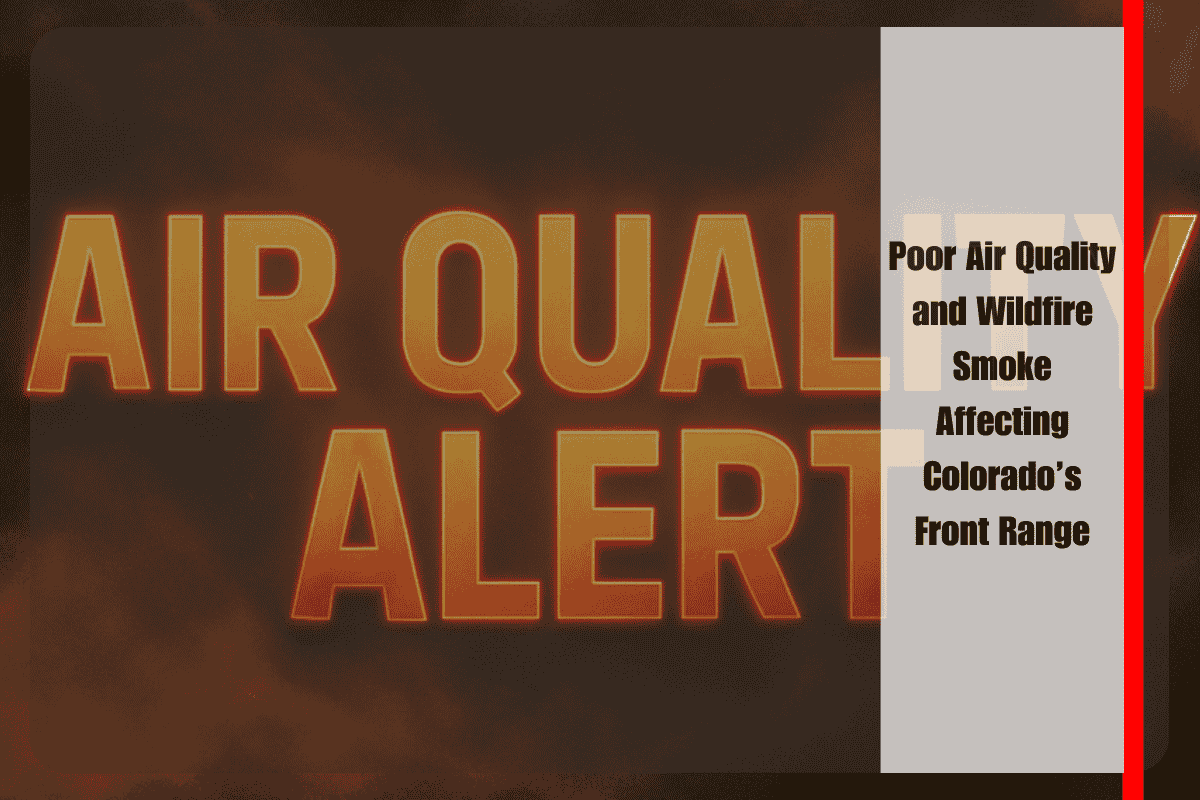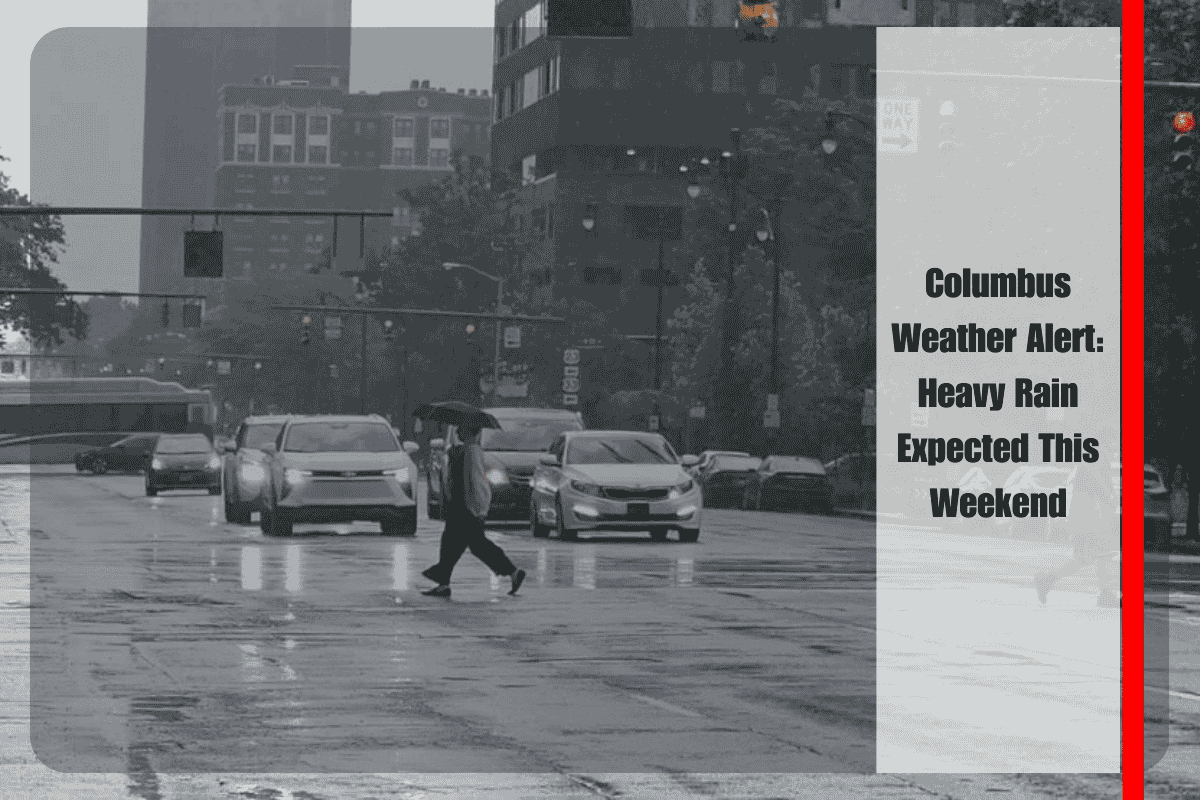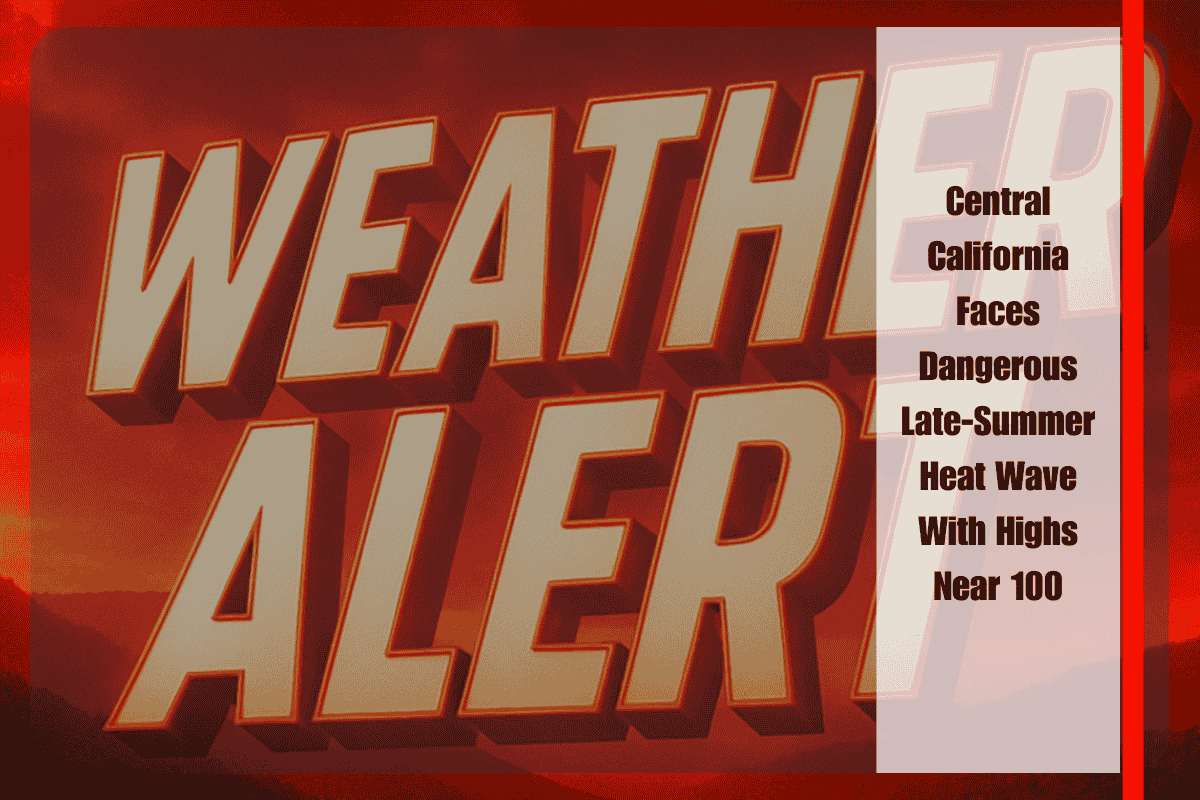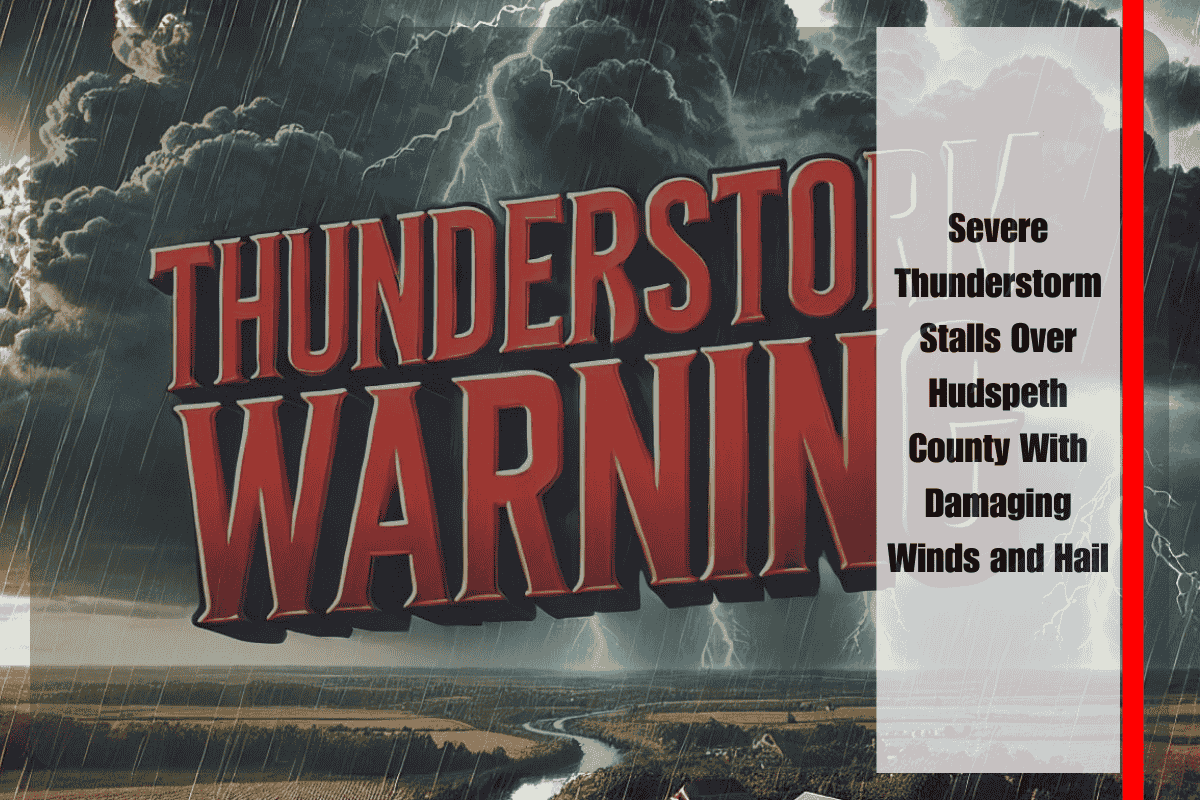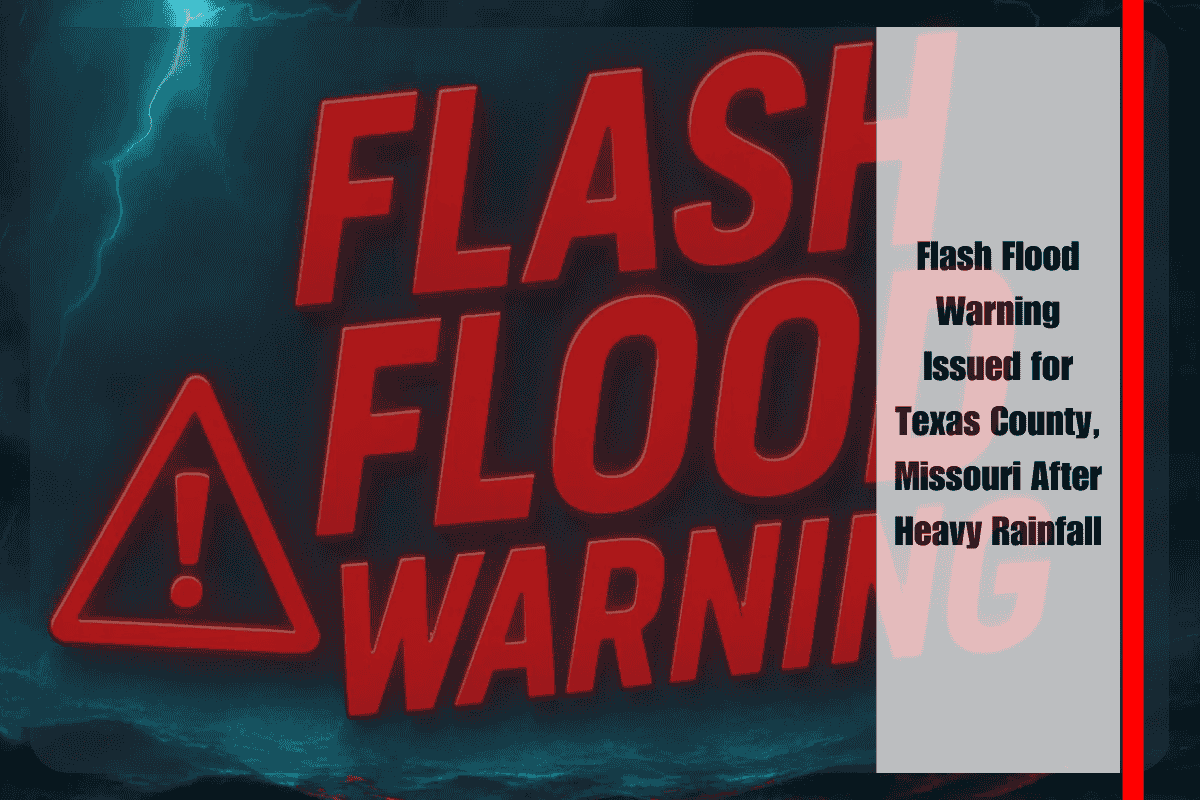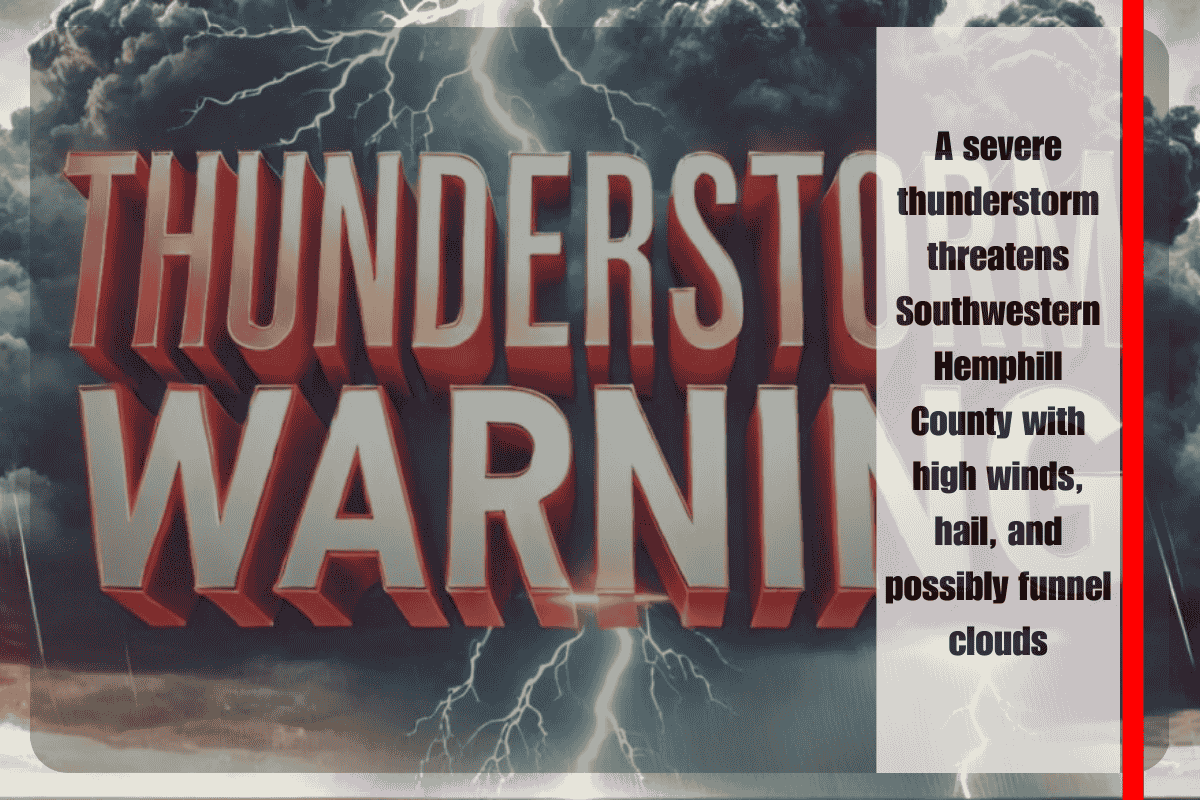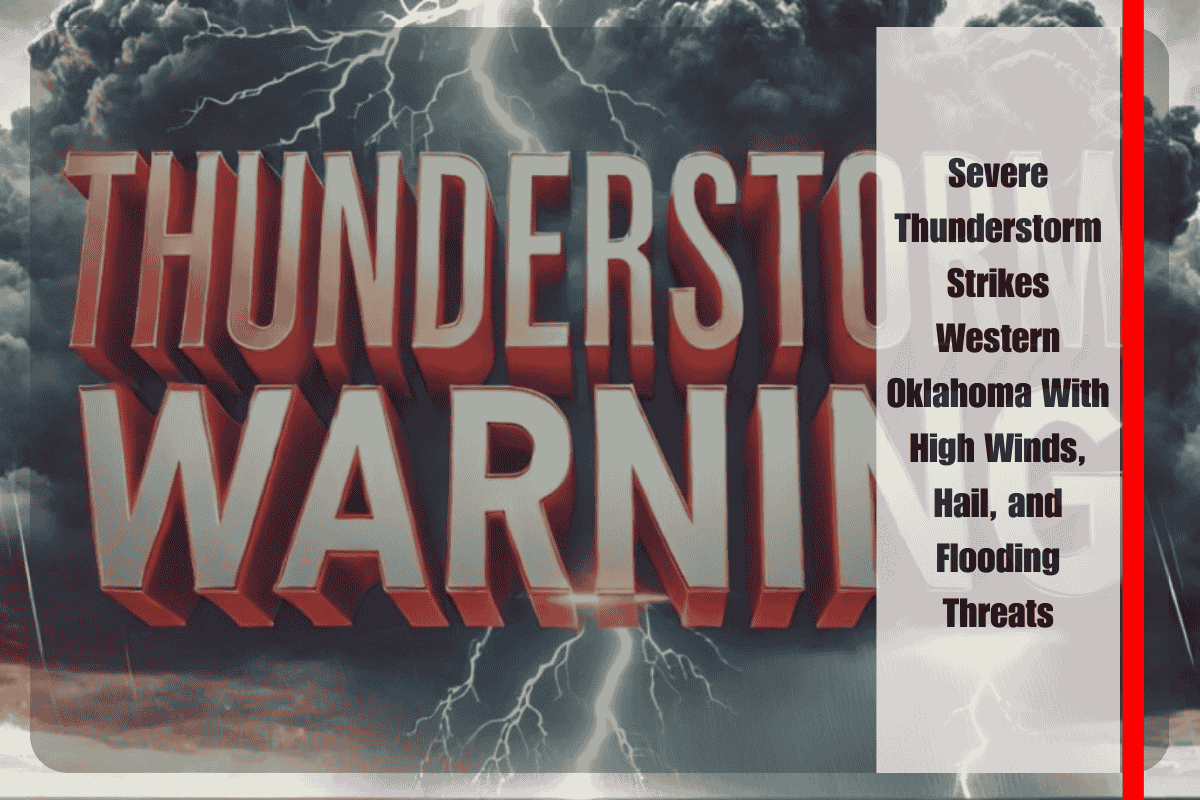Hot and stagnant weather is causing ozone pollution to reach unhealthy levels across Colorado’s Front Range, leading to an Ozone Action Day Alert. The alert is in effect through 4 p.m. Monday, urging residents, especially sensitive groups, to limit outdoor activities. Denver, Boulder, Fort Collins, and surrounding counties are experiencing poor air quality, with particular concerns in western metro neighborhoods and along I-25 north.
Ozone Action Day and Health Precautions
According to the Colorado Department of Public Health and Environment, an Ozone Action Day Alert is in place for several counties, including Douglas, Jefferson, Denver, Boulder, Weld, Larimer, Adams, Arapahoe, and Broomfield. State officials are advising residents to minimize driving gas or diesel vehicles and reduce outdoor exertion. This is particularly important for children, adults who are physically active outside, and anyone with asthma or lung conditions.
The ozone pollution is expected to affect air quality throughout the day, with the highest concentrations likely in the late afternoon. Sensitive individuals should take extra care and avoid prolonged outdoor exposure during peak hours of ozone pollution.
Wildfire Smoke Impacting Western and Southern Colorado
In addition to ozone pollution, wildfire smoke is continuing to affect parts of Colorado, particularly in western and southern regions. A separate Air Quality Health Advisory is in place for La Plata, Gunnison, Montrose, Delta, Mesa, and surrounding areas until 9 a.m. Monday. As wildfire smoke drifts through the region, visibility is expected to drop below five miles in places like Durango, Telluride, and Gunnison.
Residents in these areas should avoid outdoor activities if the air appears thick, and stay indoors when possible. The Colorado Department of Public Health and Environment recommends keeping windows closed, using air filtration systems if available, and ensuring devices are charged in case of power disruptions.
Safety Measures and Ongoing Alerts
State health leaders are urging everyone to monitor air quality and take precautions if symptoms like coughing or trouble breathing occur. If the wildfire smoke continues to affect air quality and temperatures remain high, both the ozone and air quality advisories may be extended. Stay updated by checking local agencies for the latest information and advisories.
